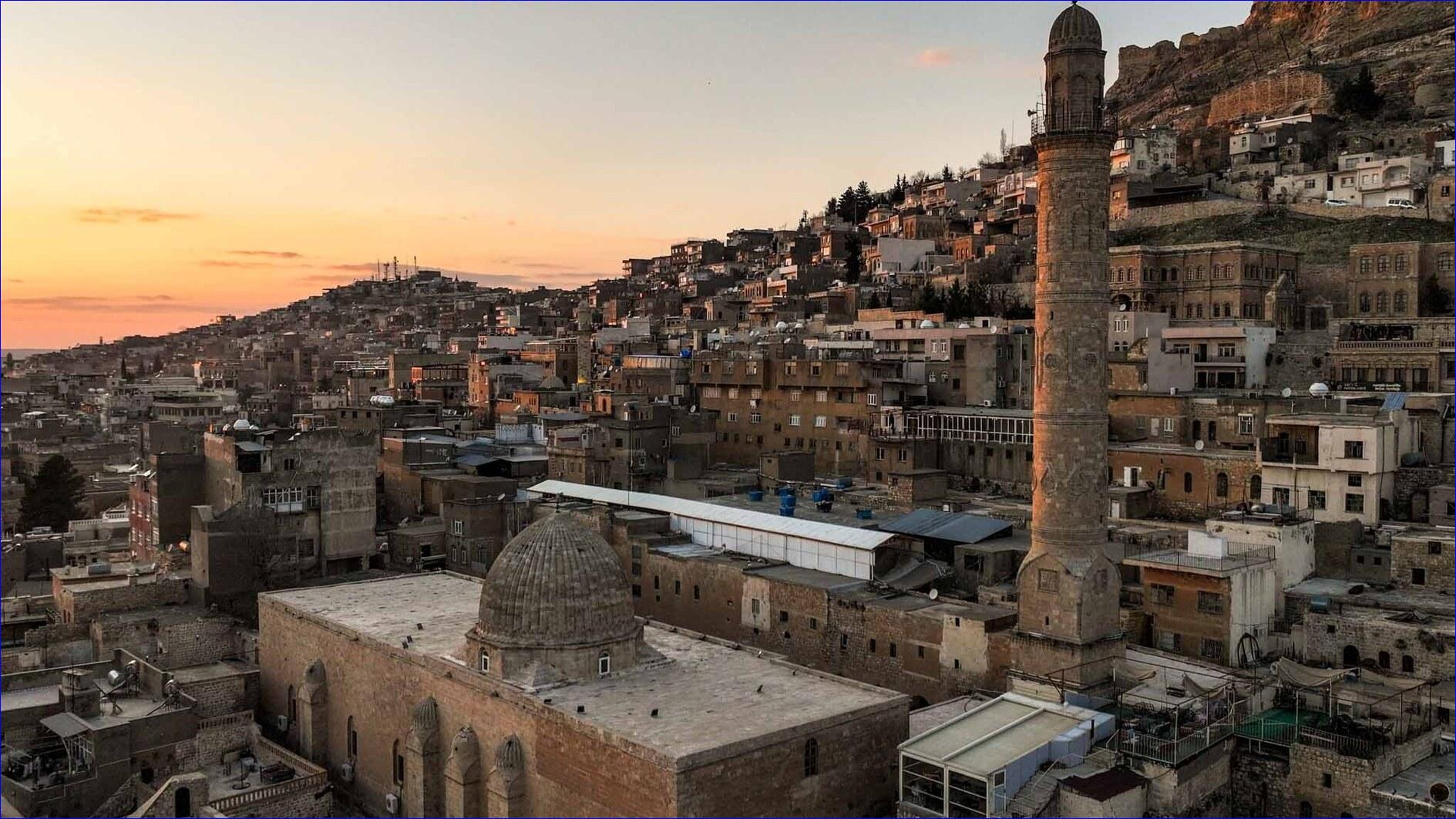


Perched along the ancient Silk Road, the settlement has been a meeting point for empires, a sanctuary for faiths and a canvas for architectural ingenuity.
Today, it stands as an urban archaeological site, one of only three in the world, where the past and the present seamlessly intertwine.
Mardin's strategic location on the fertile plains between the Tigris and Euphrates has made it a focal point of settlement since prehistoric times.
Excavations reveal traces of habitation from the Paleolithic era through to the Ottoman period, each civilization leaving behind distinct cultural and architectural footprints.
The city's layered history is reflected in its religious and civic structures, from mosques and madrasas to monasteries and churches.
"Mardin has drawn people for centuries, not only as a trade and agricultural hub but as a place where different cultures have merged and influenced each other," Devrim Hasan Menteşe, excavation supervisor at Mardin Museum, highlighted. "Its location along the Silk Road made it a crucial node in commercial and intellectual exchange."
Mardin's architecture is as much a response to its environment as it is a product of cultural heritage. Built on a volcanic ridge, the city's iconic limestone houses are constructed to regulate temperature naturally -- remaining cool in summer and warm in winter.
The urban layout, characterized by narrow alleyways and tiered terraces, ensures that no building casts a shadow over another, maximizing sunlight without overheating the dwellings.
This aspect is particularly evident in the city's religious and civic buildings, which stand as testaments to Artuqid and Seljuk craftsmanship.
The Ulu Mosque, with its distinctive minaret, and the Kasımiye Medrese, an architectural masterpiece of the 15th century, exemplify the aesthetic and functional brilliance of Mardin's design traditions.
A confluence of faiths
Few cities exemplify religious coexistence as vividly as Mardin. Over centuries, it has been home to Muslims, Syriac Orthodox Christians, Chaldeans and other religious communities.
Among its most significant religious sites are Deyrulzafaran Monastery -- originally a sun temple before being transformed into a Christian monastery, the Syriac Christian Mor Mehnam Church (Kırklar Church), the Artuqid-period Latifiye Mosque and Mor Gabriel Monastery -- one of the world's oldest active Syriac Orthodox monasteries, located in Midyat.
Beyond its physical structures, Mardin preserves religious traditions that continue to shape its cultural identity. Ancient liturgies in Aramaic still echo through its monasteries, while Sufi and Syriac Christian practices persist alongside one another.
Mardin's historical depth is continuously being reshaped by archaeological excavations. One of the most striking sites is Dara (Anastasiopolis) Ancient City, a former Roman military outpost that once stood as a key frontier between the Roman and Persian empires.
"Dara is one of the most visually stunning archaeological sites in the region," Menteşe noted. "It's necropolis and monumental structures evoke the grandeur of an open-air museum."
Excavations at Boncuklu Tarla, a Neolitihic site contemporary with Göbeklitepe, are revealing early evidence of human settlement. Meanwhile, Boğazköy Mound has yielded what could be one of the largest palace ruins in Türkiye, dating back over 3,000 years.
Other ongoing projects include investigations at Rabat Castles and the expansion of excavations at Mardin Castle, providing deeper insights into the city's strategic importance through the ages.
Interest from tourists grows
Mardin's recent cultural resurgences have been driven by both conservation efforts and increasing global recognition. Tourism has surged, with over 4 million visitors annually.
Menteşe shared that the city has experienced a strong influx of tourists from South Korea, the U.K., France and Japan.
Mardin's growing appeal is also evident in its emergence as a backdrop for film and television productions. This newfound visibility has not only showcased its breathtaking scenery but has also revitalized interest in its heritage.
Additionally, the local culinary scene -- marked by dished that blend Arabic, Kurdish and Syriac influences -- has gained prominence, with Mardin Artuklu University establishing a gastronomy program dedicated to preserving the region's culinary traditions.
As archaeologists unearth new layers of its history and conservationists work to preserve its architectural gems, Mardin remains a city where history is not only remembered but experienced.

or register to post a comment.